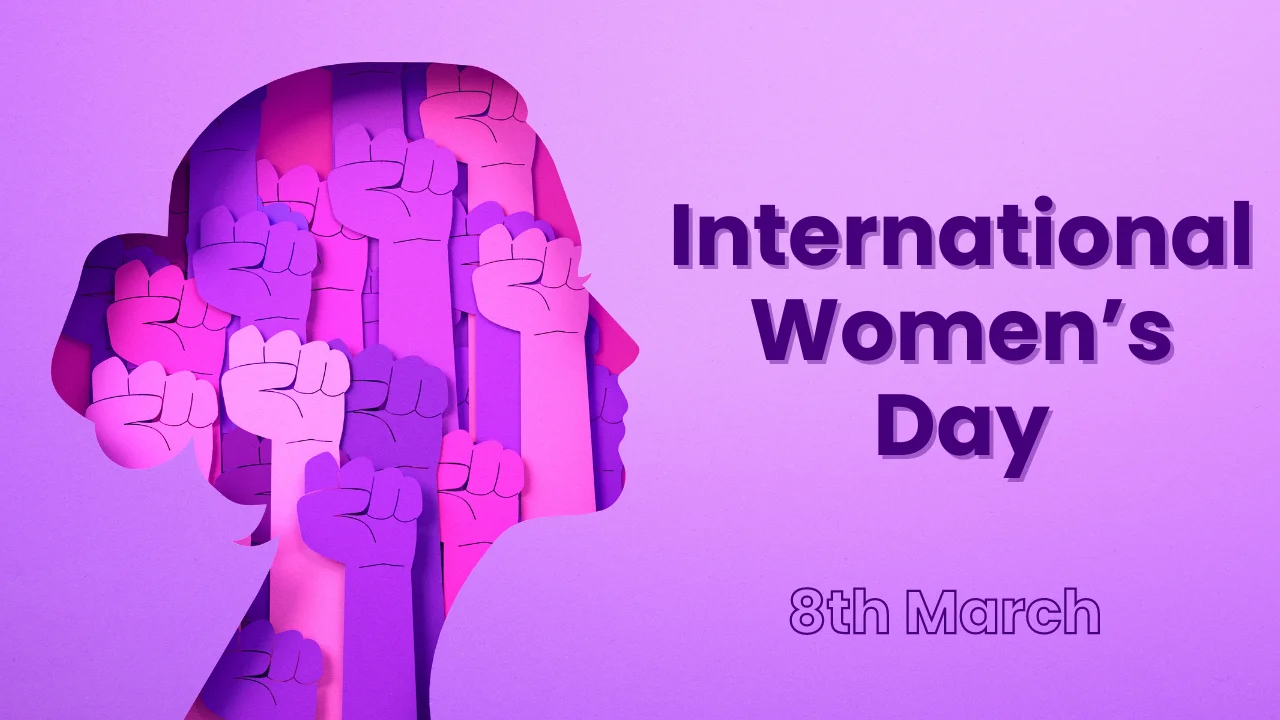 The Nepal Weekly
The Nepal Weekly  March 12, 2024
March 12, 2024
“No country can ever truly flourish if it stifles the potential of its women and deprives itself of the contributions of half of its citizens.” – Michelle Obama.
Observed annually on March 8, the International Women’s Day, offers a significant opportunity to recognize the strength, courage, resilience, and accomplishments across various fields, and fortitude of women worldwide. Women have played a pivotal role in advancing socio-economic development, leading enterprises, influencing policies, and nurturing communities from corporate boardrooms to educational institutions, from scientific laboratories to legislative chambers, women are making a lasting impact with their intellect, ingenuity, and empathy. They have triumphed in the fight for the right to vote, have equal access to education, and hold positions of leadership in politics, representing strength and power. Besides these advancements, women continue to confront significant barriers, including the inability to access equal opportunities, the lack of female political influence, and the wage disparity in the workplace.

International Women’s Day has its origin in the early 20th century, which grew out of the women’s movement to advocate working women and their suffrage. In 1908, when 15,000 women marched through New York demanding shorter working hours, better pay, and the right to vote. A year later, the Socialist Party of America declared the first National Woman’s Day. It came to life as National Women’s Day in the United States back in February 1909. Later in 1910, at the second International Conference of Working Women in Copenhagen, Denmark, women’s rights activist Clara Zetkin called for an International Women’s Day to give women a greater voice to further their demands for equal rights. And the 100 women there, from 17 countries, agreed to it unanimously leading to the first observance in 1911 in several European countries, with over a million participants advocating for women’s rights. International Women’s Day was marked for the first time in March 1911 – and the date was fixed as 8 March 1913.
The UN celebrated the Women’ s Day for the first time in 1975 and in 1996 it announced its first annual theme: “Celebrating the Past, Planning for the Future”. International Women’s Day is celebrated as a national holiday by countries across the globe, with women often given flowers and gifts – and there are IWD events in major cities worldwide. On the centenary in 2011, sitting US President Barack Obama called for March to be known as Women’s History Month. He said: “History shows that when women and girls have access to opportunity, societies are more just, economies are more likely to prosper, and governments are more likely to serve the needs of all their people.”
International Women’s Day has a great significance for gender equality and women’s rights. It serves as a platform to raise awareness about the social, economic, cultural, and political achievements of women worldwide. Additionally, the day provides an opportunity to highlight the persistent challenges and barriers that women face, including gender-based discrimination, violence, and unequal access to education and employment opportunities. In the past 12 months, women in the Middle East, Afghanistan, Iran, and Ukraine have been fighting for their rights amid war and violence. UN experts say they have received credible allegations of human rights violations against women and girls in Gaza, including cases of rape by Israeli forces.
BBC News reported that it has got evidence of rape, sexual violence, and mutilation of Israeli women during the 7 October Hamas attacks. According to the 2023 Global Gender Gap Index, published every year by the World Economic Forum, no country has yet achieved total gender equality or parity. It warns it is likely to take more than a century before it is reached across the globe. Additionally, International Women’s Day provides a potent platform for drawing attention to the obstacles and injustices that women experience, including limited economic opportunities, gender-based violence, and unequal access to healthcare and education. This is an opportunity to take stock of our accomplishments and renew our commitment to finding solutions that advance gender equality and give women and girls more power. Each year, there are effectively two different themes: one proposed as a campaign theme by the IWD website, which this year is #InspireInclusion, and the UN’s official, which this year is “Invest in women: Accelerate progress”. This theme underscores the importance of creating an inclusive society where women are valued, respected, and empowered to participate fully in all aspects of life. “Conflicts and rising prices may lead 75% of countries to cut public spending by 2025, negatively impacting women and their essential services,” warns the UN.
Colors also play a crucial role on this day. People used to wear vibrant colors like purple, green, and white as they are the color find, according to the International Women’s Day website. It says that: “Purple signifies justice and dignity. Green symbolizes hope. White represents purity, albeit a controversial concept”. The world is facing many crises, ranging from geopolitical conflicts to soaring poverty levels and the escalating impacts of climate change. These challenges can only be addressed by solutions that empower women. By investing in women, we can spark change and speed the transition towards a healthier, safer, and more equal world for all.

